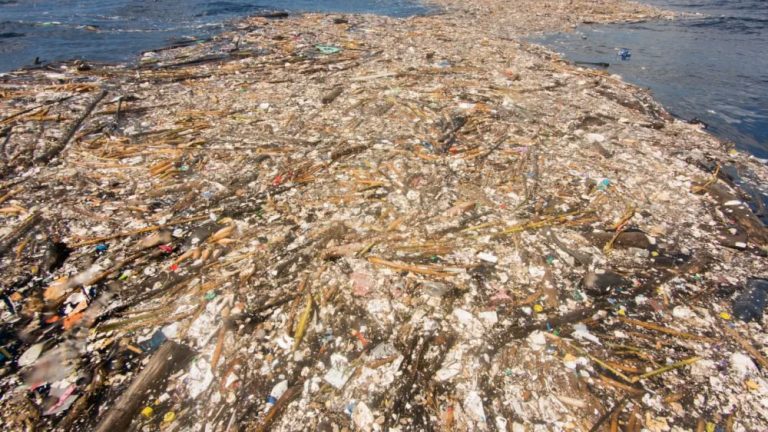In case you missed it, we are rapidly destroying the planet.
The latest evidence to add to the mounting heap comes from a dire three-year study published in Scientific Reports on Friday, which reports that the Great Pacific Garbage Patch — that huge pile of trash in the middle of the Pacific Ocean — is growing at an outstanding rate, and is now roughly 1.6 million square kilometres in size – or double the size of NSW. It weighs 80,000 metric tonnes.
This is a whopping 16 times bigger than previous estimates.
The report points out that discarded fishing nets makes up half of the garbage pile (!!!), and that most of the trash is large objects.
A further 20% is estimated to be from the tsunami that hit Japan in 2011, while 8% is made up of micro-plastics: pieces of plastic smaller than 5mm.
“We were surprised by the amount of large plastic objects we encountered,” Julia Reisser, chief scientist of the study, wrote in a statement.
“We used to think most of the debris consists of small fragments, but this new analysis shines a new light on the scope of the debris.”
Love Music?
Get your daily dose of metal, rock, indie, pop, and everything else in between.
Boyan Slat, Founder of The Ocean Cleanup and co-author of the study, explained why these findings are so critical.
“To be able to solve a problem, we believe it is essential to first understand it. These results provide us with key data to develop and test our cleanup technology, but it also underlines the urgency of dealing with the plastic pollution problem.
“Since the results indicate that the amount of hazardous microplastics is set to increase more than tenfold if left to fragment, the time to start is now.”


































